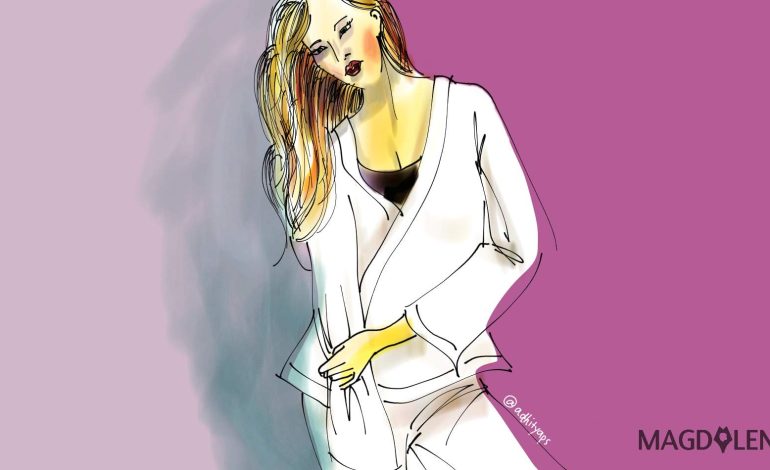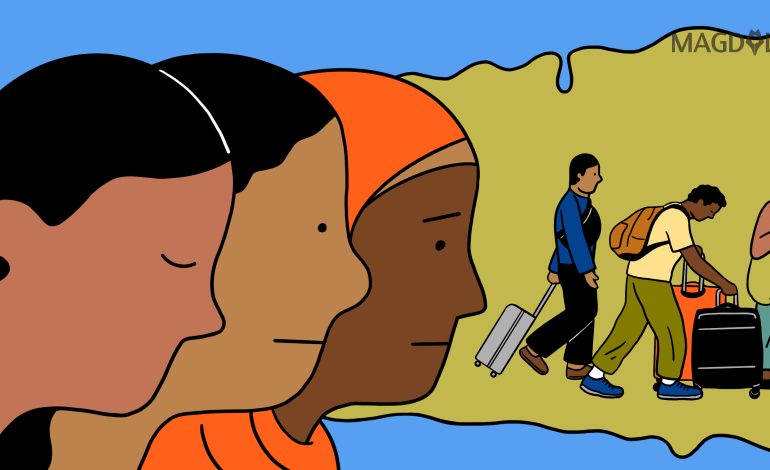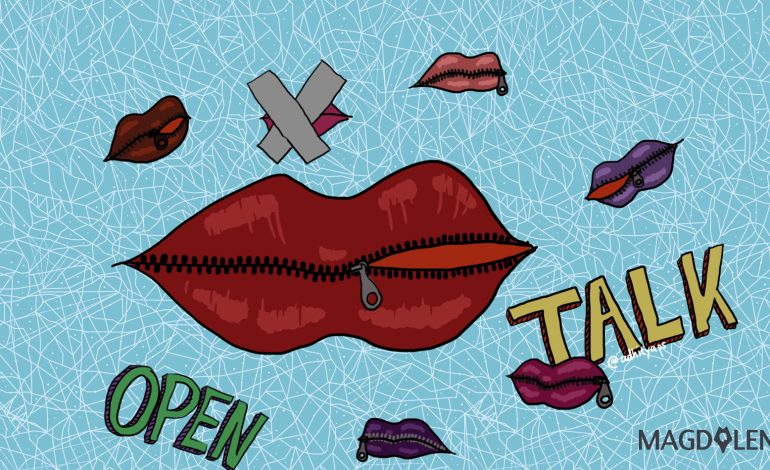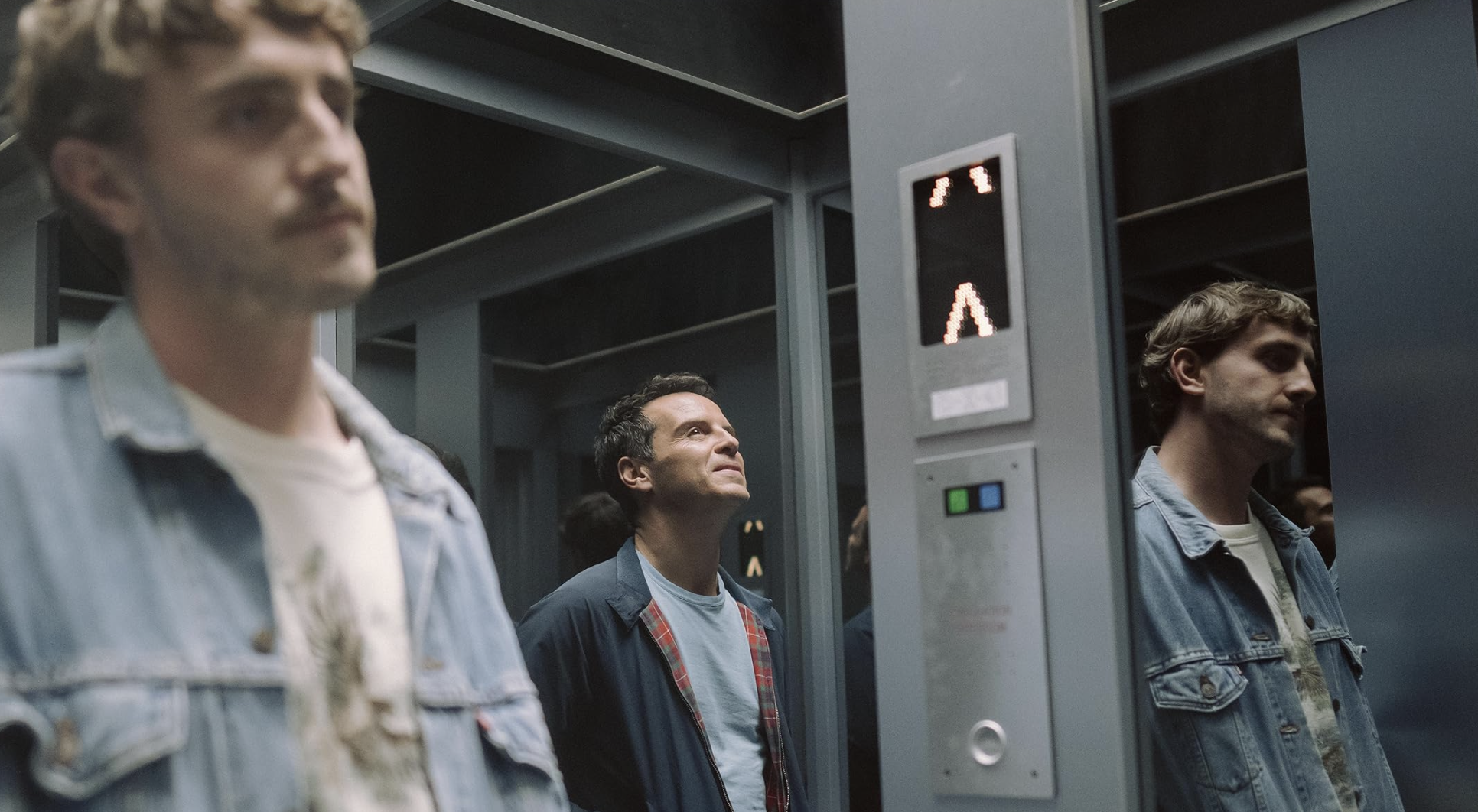Revisiting Femme Fatales in Indonesian Cinema
Femme fatale becomes the embodiment of symbolic violence against women that is normalized and maintained by the male dominated movie industry.

One of the most familiar and recurring characters in film history is the femme fatale archetype, a seductive yet dangerous female character. Femme fatale has existed for a long time in various forms in myths, literature, art and film industry,
She can be seen in fin-de-siècle paintings and 1940s Hollywood’s film noir of twentieth century, where the dualism of aggressiveness and sensuality in women is a central topic. In her book Femmes Fatales: Feminism, Film Theory, Psychoanalysis, Mary Ann Doane argues that the nature of seductive femme fatale has set her actual role to be looked at and displayed for the male gaze. She, therefore, has been one of the ultimate male gaze’s objects in cultural industry.
Misogyny manifests in practices of exploitation, objectification and commodification of women, including mass media. Film as mass media has widely involved in affecting and shaping the audience from various circles through the message conveyed in its contents.
The seductive yet dangerous character of a femme fatale has also appeared in many Indonesian films, particularly in the horror genre. Take the works of Indonesia’s horror megastar, Suzzanna. As horror films began to rise in the country in the 1980s, the portrayal of a woman as a ghost or spirit who can transform herself into a seductress became the central formula at the time. In movies like Sundel Bolong (1981), Ratu Ilmu Hitam (1982) and Malam Satu Suro (1988), Suzzanna’s characters were frequently exercising her mythical power to manipulate her looks into a mysterious and seductive woman. She also used her sexual quality to lure her victims, who were mostly men, and got them into deadly situations for the sake of revenge or other interests.
Femme fatales with strong and dominant traits are portrayed as evil, sexually threatening, thus have to be punished by patriarchal power. This was a common formula in the New Order-era films, especially in horror genres. The patriarchal powers varied, commonly consisting of figures such as shamans, the authority, male public figures and religious leaders.
In other film genres, femme fatale characters have also been depicted as woman who use their charm and sexual quality for certain purposes, and who threaten or finally kill their victims. Indonesian films after the New Order regime that explore such characters include Kala/Dead Time (2007) Rumah Dara/Macabre (2009), Pintu Terlarang/Forbidden Door (2009) and Headshot (2016). In these films, the characters are beautiful young women, agents and domineering wives. This is what differentiates femme fatales from female grotesques such as ghosts, monsters and others.
Why is the femme fatale archetype so prominent in the Indonesian cinematic sphere? It can be traced to the historical and socio-cultural backgrounds. Like Eve, Medusa or Lilith in the Western mythologies, we can also find evil and seductive female deities in the Indonesian culture. Indonesian culture is a melting pot of multiple indigenous and foreign influence, so the myths and folklores of female deities here can be very similar to any foreign culture.
The most popular, dangerous and often depicted as seductive female deities from Indonesia are Nyi Roro Kidul, Nyi Blorong and Calon Arang. The existence of these female deities have been deeply ingrained and internalized as part of Indonesian society’s life. This also explains why many female mythical deities commonly became the central horror characters in Indonesian horror films.
We can also take a look at Gerwani as another symbol of femme fatale in Indonesia. State propaganda on the Indonesian Communist Party (PKI) and Gerwani, the women group associated with the party, has resulted in perpetuation of the Lubang Buaya myth. In this myth, Gerwani allegedly seduced and perpetrated sexual sadism to the victims – as shown in the film Pengkhianatan G30S/PKI (Treachery of G30S/PKI/1984).
The New Order regime constructed the “ideal” image of a woman as a wife and mother as the symbol of social order. The representation of a female ghost and her punishment in Indonesian horror films at that time, thus, became an allegory from the New Order’s agenda to repress women and their sexuality.
Femme fatale becomes the embodiment of symbolic violence against women that is normalized and maintained by the male dominated movie industry. But there have also been attempts to shift femme fatale negative connotations toward female empowerment (remember Britney Spears’ fans for her Femme fatale album and the badass antagonistic female characters in Marvel Cinematic Universe movies?).
Today the appearance of femme fatale characters is no longer limited to horror or noir films, so inventing or re-inventing women characters should be easier than ever. An initiative to encourage women’s involvement in film industry to write their own representation in cinematic sphere is then urgently needed.












